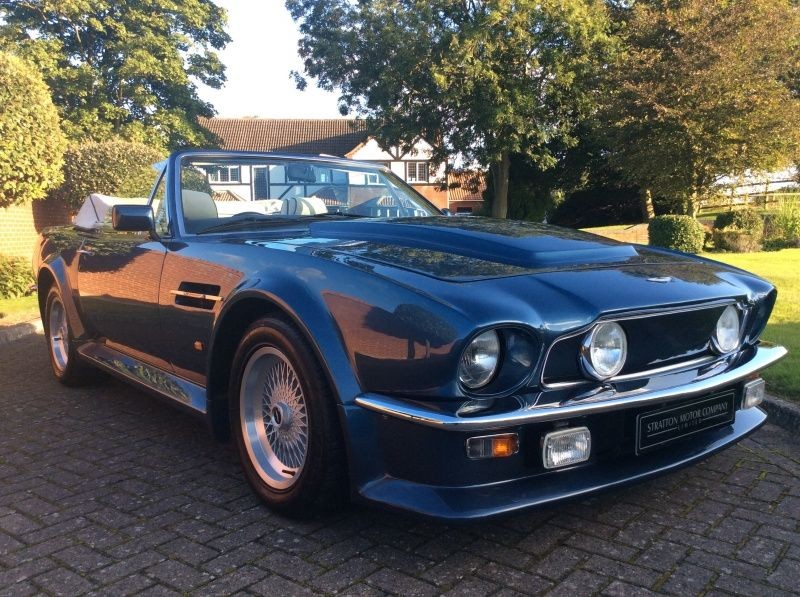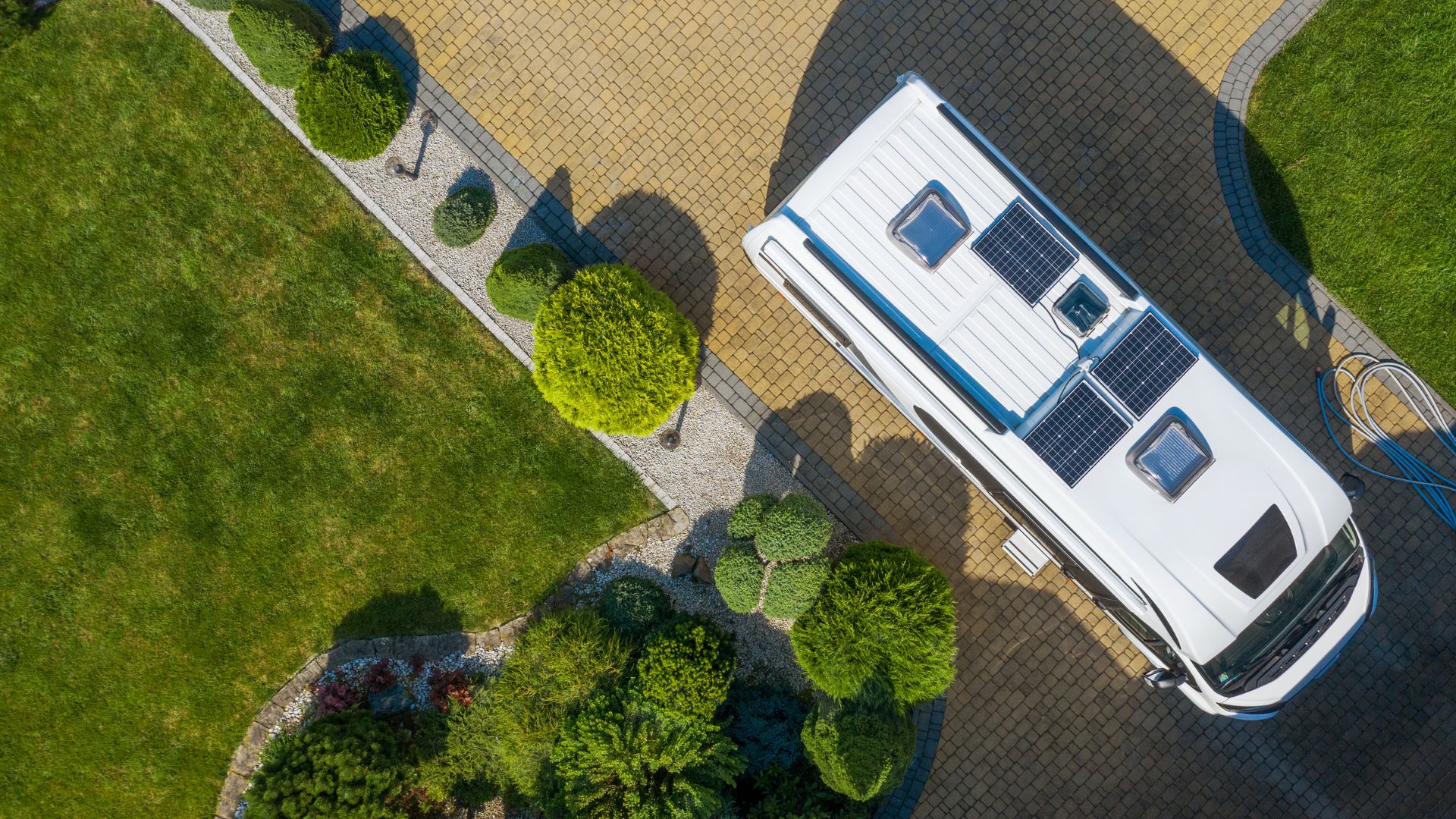Diesel engines have gone through a tumultuous history of ups and downs. In the early 1900s, they were one of the most popular engine types in Europe. But then, with World War II came oil shortages and an economic depression that turned diesel into a dirty word. By the time it seemed like diesel might make a comeback, rising oil prices made petrol-powered cars more appealing than ever to consumers who wanted to save money on fuel costs.
This blog post will take you through a brief history of the black fuel.
When was the first diesel engine invented?
The first diesel engine was invented in 1892 by a German engineer called Rudolf Diesel. This pioneering work came about because of the demands for more powerful engines at the end of the 19th century to power machine tools, boats and trains.
It’s said that Rudolf envisioned his invention as an improvement on steam engines – which were then being used in factories and on ships – because it would be cleaner.
What were the first diesel-powered cars?
In the early days of the motor car, it became clear that petrol-powered engines were not the best option. Diesel was better because it could produce more power and travel further than its competitors – even though diesel engines had a reputation for being noisy, smelly and hard to start!
Diesel engines started to take off in the 1930s until the war hit Europe. The first series-produced diesel-powered passenger car was a Mercedes Benz, named the 260D in 1936. Another early diesel car was the Citroën Rosalie model released in 1938, production of the Roasalie was ended by the bankruptcy of the manufacturer.
Before the Second World War, diesel-powered cars tended to be made by luxury car manufacturers such as Mercedes-Benz because of their higher purchase price.
French manufacturer Peugeout were an early pioneer of Diesels, releaseing the 403 in 1958, 404 in 1960, 204 in 1965 and the 504 in 1969. Below is the Peugeot 403. BMC also added a diesel engine to their Austin Cambridge A60 / Morris Oxford in 1961.

When did diesel engines become popular in Europe?
The popularity of diesel engines in Europe can be attributed to many factors, but the key one is that they were seen as an answer to both America’s energy glut and its fuel supply shortages.
They became popular when oil was expensive because they used less than petrol-powered vehicles per mile travelled. The British government began offering subsidies on diesel cars in the late 1970s in an effort to reduce the country’s dependence on imported oil.
In Britain, government incentives and subsidies resulted in more than half the cars on British roads being powered by diesel at one point; as recently as 1983, it still accounted for 43%.
Old diesels were stinky
Before advances in technology brought direct injection to passenger cars in the 1990s, diesel engines were smelly and noisy. This gave them the nickname dirty diesels.
The reason for this is diesel engines are designed to burn the fuel as it is mixed with air, rather than using a spark plug. The result of all this combustion was that diesels emitted more nitrogen oxide and compounds like sulphur dioxide into the atmosphere – both harmful pollutants.
Before the advent of fuel injection, diesel cars needed a complex system of valves to inject air into the engine for combustion to take place (known as ‘wet compression’). This was messy and inefficient; oil had an unpleasant smell that many people found hard to get used to. The result of these limitations was that diesel cars were harder to start in cold weather or at altitude, and they had a much lower top speed.
In the 1970s, fuel injection systems emerged – first on trucks and buses, then on passenger vehicles as well. This made engines far more user-friendly for drivers by eliminating all those fiddly valves and making them easier to start in cold weather. It also allowed diesel engines to be built much smaller than petrol ones, making them ideal for use on the world’s first city car – The Volkswagen Golf I with a diesel engine was released in 1976, becoming the first ever VW diesel powered car.
Fuel injection meant that drivers could fill up at a fuel station just like they would with a gasoline vehicle and go anywhere without needing an expensive, bulky, and hard to maintain a supply of diesel fuel.
A more efficient version called common rail was introduced in the 1980s that could deliver cleaner emissions too. The 1990s saw a whole new generation of diesels with direct injection systems, which are now found on most passenger cars today.
Advances in technology made diesel much more bearable. Diesels have now been made cleaner by adding catalytic converters, which help break down diesel emissions, and by using special additives to make them more suitable for urban driving.
The latest diesels are also quieter than ever before, thanks to new sound-deadening technology that reduces the clatter of a traditional engine. Diesel engines are still a more economical choice than petrol for long distances, and they produce less carbon dioxide than petrol or natural gas-powered cars.
Why are diesels falling out of favour?
With all the advancements making them more friendly, why is there a backlash against diesel cars now?
Diesel is less popular now than it was in years past because there have been advances in technology and increased legislation to decrease emissions. There also has been some negative media about how dirty diesel cars can be with findings suggesting it’s more polluting than petrol cars.
While they emit less Co2 than their petrol counterparts, diesel engines still expel harmful gasses such as nitrous oxide and soot. Nitrous oxide is a greenhouse gas that causes air pollution, while the soot particles can lead to more serious respiratory problems such as asthma, bronchitis, or lung cancer.
While diesel cars have fallen out of favour, it is surprising just how few classic diesels are still around today. After an hour of scouring through classified listings and auctions, the bulk of the listings were for Land Rovers and 4×4’s. There were a few old Mercedes in there too.
Perhaps they travelled higher miles or are unattractive because of the noise and emissions, or is it baucuae they wer eless reliable and more expensive to repair? Whatever the reason it seems a little sad that we have lost almost an entire segment of vehicle history. While modern diesel vehicles are more advanced, we could be about to lose them all over again with thr introduction of more taxes and negative press surrounding them.







Leave A Comment